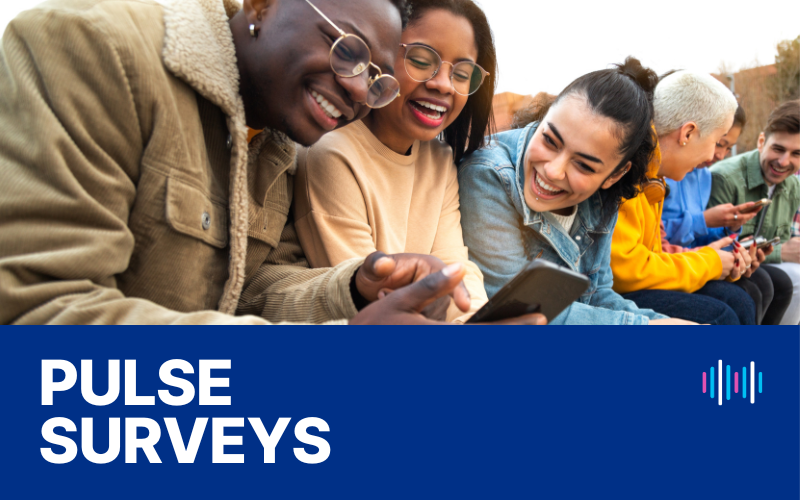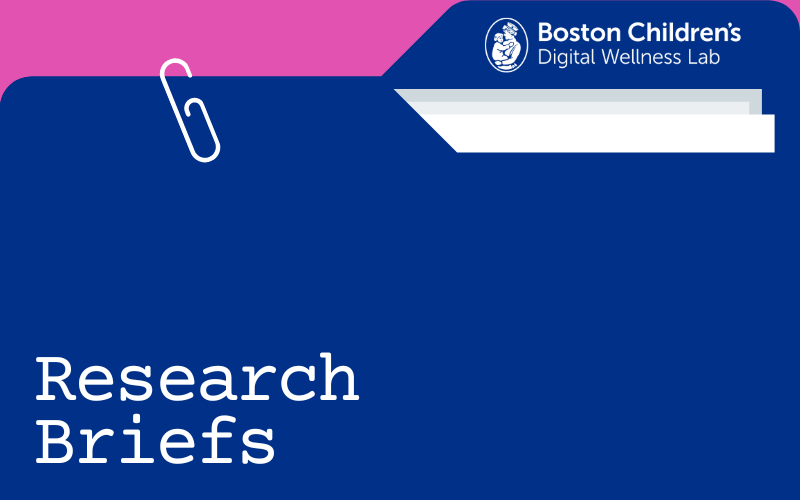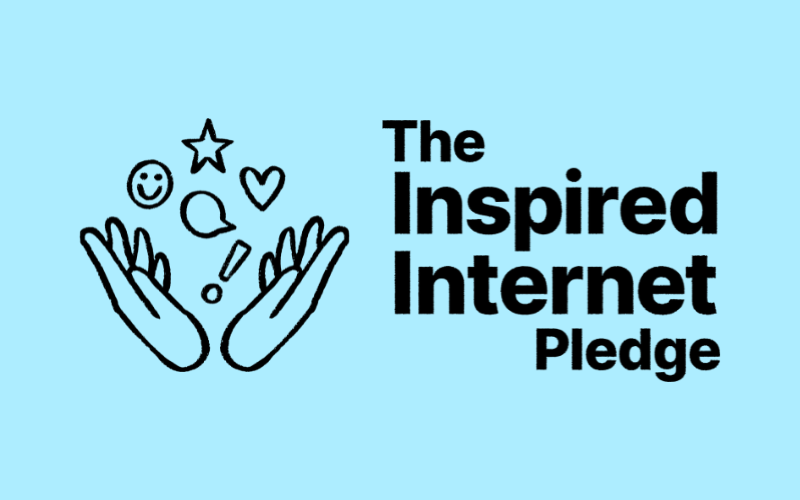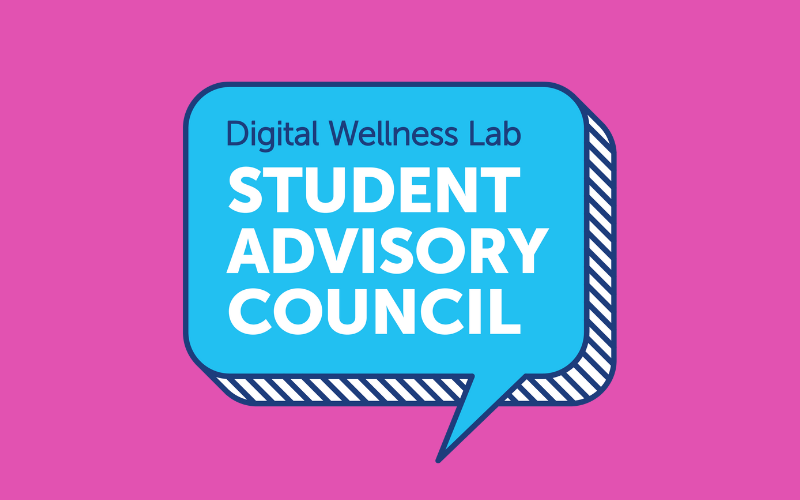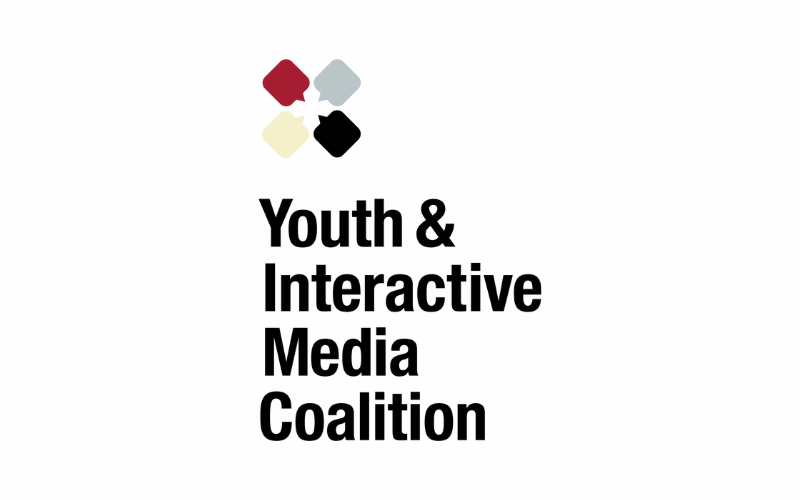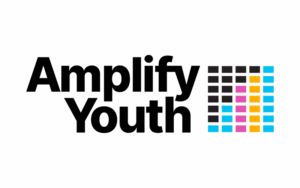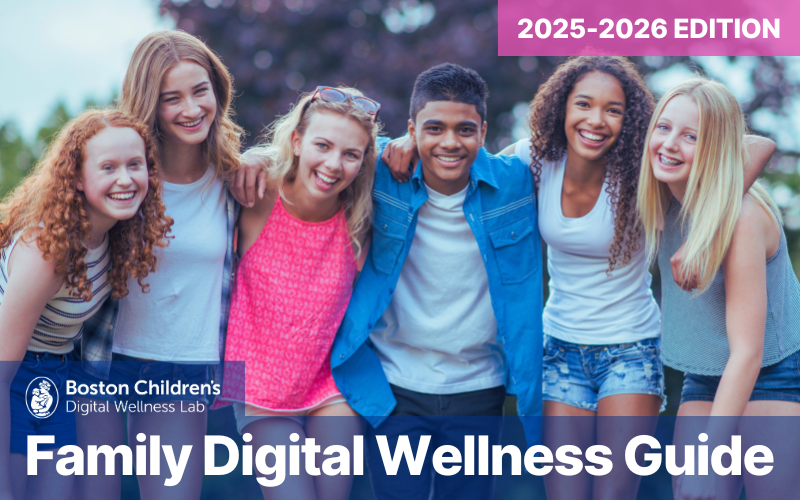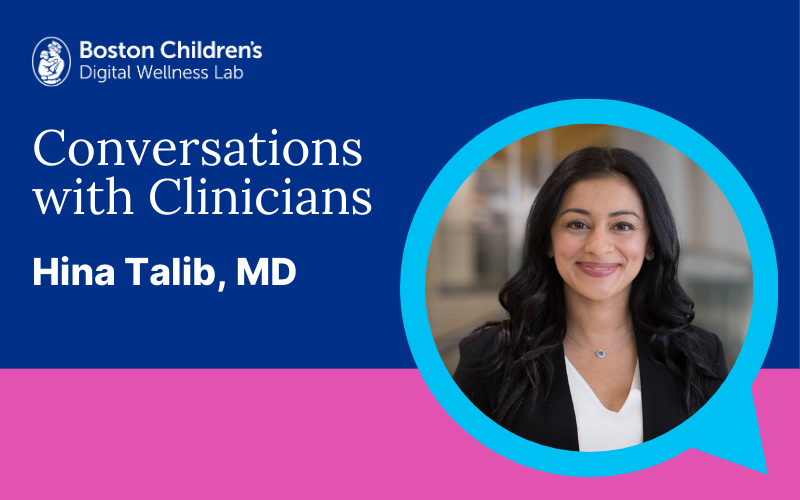Hina Talib, MD
Director of Adolescent Medicine and Co-Director of Pediatrics, Atria Health Institute
What does a “day in the life” typically look like for you?
As a pediatrician and adolescent medicine specialist, every day can be unpredictable but I learn so much about the lives of young people through what they share with me. The more they share the more I can guide—this relationship is really built on trust and I prioritize building that relationship and creating a safe space.
I work at a primary and preventive care institute where I can take care of my patients holistically; thinking of preventive care and then also being there for them when difficult issues arise where they may need some additional support like with mental health concerns, gynecology, reproductive health, dermatology, etc.
In addition, I’m a media spokesperson for the American Academy of Pediatrics and passionate about educating families through podcasts, shows and other teen-facing media. Parenting a teenager in today’s world can be tough, so I love being able to guide both teenagers and their families through this transition to young adulthood. One of the other ways I share information is through a community on Instagram @teenhealthdoc where families can find timely teen mental health and wellness tips and stories.
What led you to the work you do?
I have a healthy nostalgia about my own adolescence—it’s a time many of us clearly remember because our brains develop so quickly during this period. So, the memories I have and what I learned from that time are really ingrained in me.
I was fortunate to have a great adolescence, but I know that I was helped by experts who worked with teenagers. When I had horrible period pain as a teen, I had an adolescent health-focused doctor who helped address that in a way where I felt so respected, listened to, and was judgment-free.
Those early experiences planted a seed, and during residency I always loved considering the issues that surrounded adolescents so it kind of became a process of elimination to get to adolescent and young adult medicine.
One of the most amazing things about supporting adolescents is you can help them to make changes that affect their overall health, and can really positively impact them for years to come.
What would you say are the greatest opportunities you see for kids growing up in a digitally saturated world?
The greatest opportunity for young people is finding people who share interests or reflect parts of themselves they may not have access to in the physical world. Many teens are able to find those one or two close friends in offline spaces, but some really struggle with that. It is also really important to diversify your friend group, you can have those one or two really close friends, but you might also have different communities within different interests or activities. In a digital space you can potentially find people who share certain interests you share–for example, you might really love Rubik’s Cube puzzles and online there’s a whole group of people who can share that passion with you.
Another really wonderful opportunity is the ability to be a creator. Some of my patients who make art or music , have a place to showcase those sides of themselves, often using free tools or platforms. Spaces like Instagram can function as a teen’s LinkedIn, similar to a real professional development space.
I always ask my patients who they are following, what kinds of people they are inspired by, and really try to encourage a healthy media environment.
What are the greatest challenges you see for kids growing up in a digitally saturated world?
The biggest challenge I see is with social comparison, especially in early adolescents and middle schoolers. Children of this age are feeling sensitive about how they are changing, and it’s hard to not be influenced by that social comparison, both in personal and online interactions. They may not have the resilience and skills to safeguard their confidence in the face of body-focused content, filtered content, and diet talk or diet culture. It’s important to give adolescents opportunities to practice these skills offline that can translate to culture and context online.
Another challenge is combating negative influence. There is a lot of content out there targeted at younger ages—things that are predatory or advertising beauty/hygiene/supplement products in ways that really feed off insecurities or are actually harmful products. Younger adolescents aren’t as able to critically think about what these advertisements are trying to sell them and why, and it can also create a financial risk in spending money they (or their family) don’t have.
Lastly, remember: safety, safety, safety. We must talk with our adolescents and young adults about cyberbullying or worse, sexual predatory advances, or content that they might be exposed to. Similar to counseling you would do to be prepared for, practice how you would handle certain risks and always know who you can go to for help in real life, we must also openly talk about these risks happening in online worlds.
How would you change or redesign technology and or media to be healthier for kids across the developmental span?
I would love to see every platform have an easy-to-find algorithm reset button. This is particularly important for adolescents because they are going through identity development at such a fast pace, and their identity and interests might change over short periods of time. Just because something is popular for one person doesn’t mean it’s good content for every person. This would better allow parents and teens to more thoughtfully choose what content a young person sees.
I think the reporting of content and messages across platforms also has room for improvement. Oftentimes it’s really impersonal. Getting an automated response doesn’t make someone feel safe or heard or seen. I’d love a process that is more validating and provides better feedback.
Lastly, I would love for platforms to have more SEL nudges that could be built in–for example, if you’re feeling anxious or left out, something that could help is by adding next steps and highlighting vetted resources.
What guidance or advice do you have for parents and other caregivers regarding helping kids develop and maintain healthy behaviors around digital media and technology?
It’s important not to rush to start. Taking your time as a family is okay before starting a social media platform. It is OK to take small steps when starting a new platform, because there is never a better time to negotiate with a teen than before you open up access to a device or platform. I can’t overestimate how important it is to have agreements before you start and then to keep checking in and having ongoing dialogue.
This is especially true because there is no “one size fits all” solution that is going to work best for everyone. You know the child in front of you best, so parent the child and the teen in front of you.
I hear a lot of parents who think that once they have a teen, the “cat’s out of the bag.” I give parents permission to walk it back if they need to; at first, it might be painful and not well-received, but if there is a real issue that needs to be addressed, it is an option that is okay to take.
Overall, I would encourage parents and caregivers to be thinking about this from a skills-based mindset:
- Once kids are more independent in the digital world, parents and caregivers need to be ready to have these conversations about difficult content they might encounter. They should expect it, lean into it, roll with it, and do what they can to learn from it, together.
- Older youth, including peers and siblings, have tremendous value in advising younger youth. Take every opportunity to uplift youth voices.
- As a parent, it is also important to have safeguards in place so that you can step in and help support your child. Do this naturally by asking about things, being curious, and checking in with questions such as “How are your online friends doing?”
Is there anything else you’d like to share?
As pediatricians, we know that digital wellness is a front-of-mind topic, and we are here to have these conversations. We often talk about digital lives and balance because it is tied into overall health, future directs, and risk behaviors. Freely engage with your pediatrician if they aren’t bringing it up–we are absolutely willing and passionate about having these conversations because we want to keep kids safe in all spaces.
Here at the Lab, we welcome different viewpoints and perspectives. However, the opinions and ideas expressed here do not necessarily represent the views, research, or recommendations of the Digital Wellness Lab, Boston Children’s Hospital, or affiliates.

